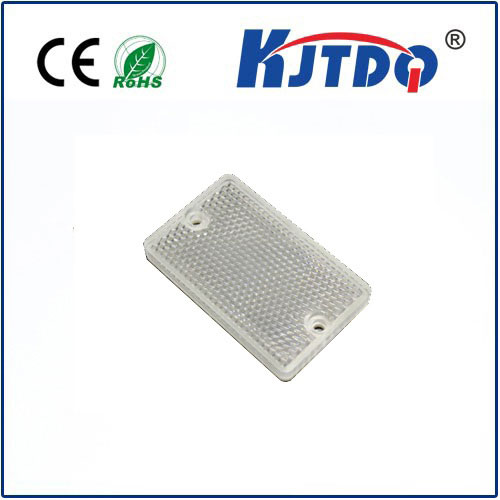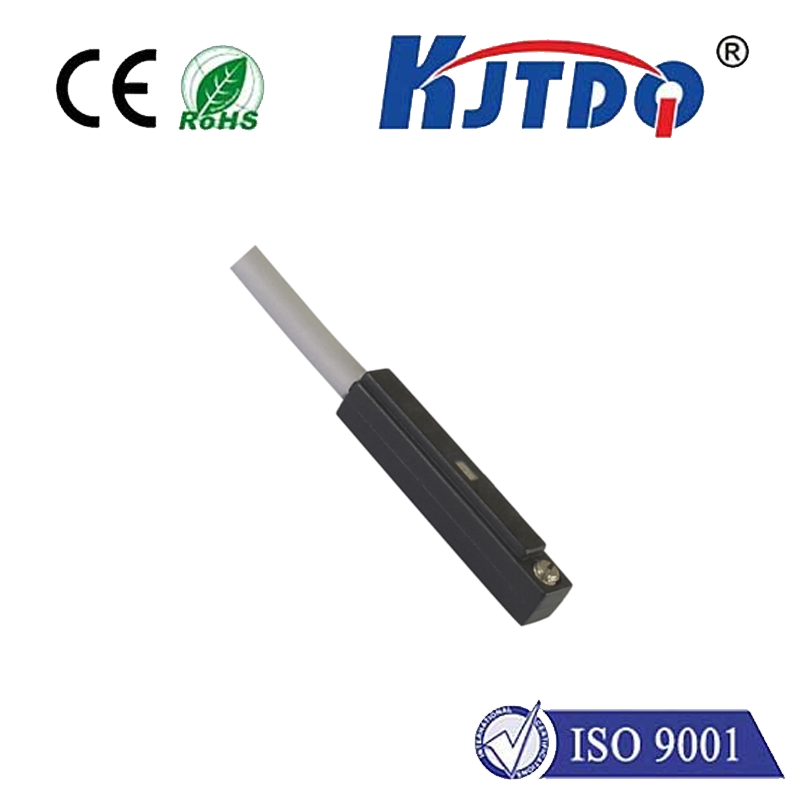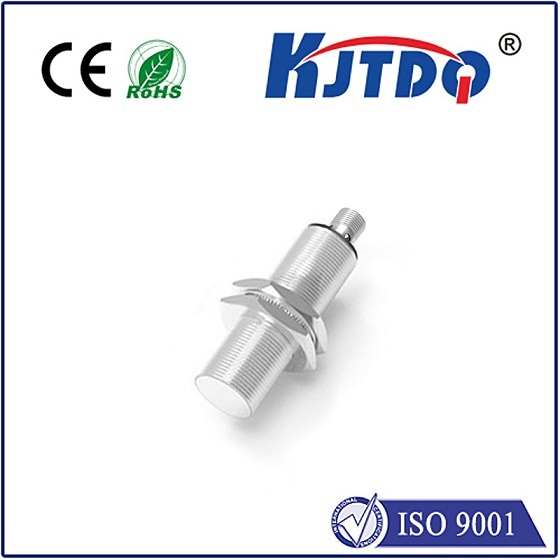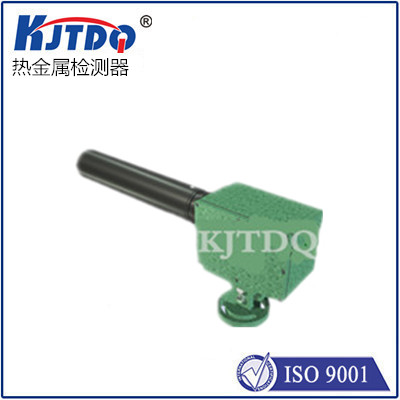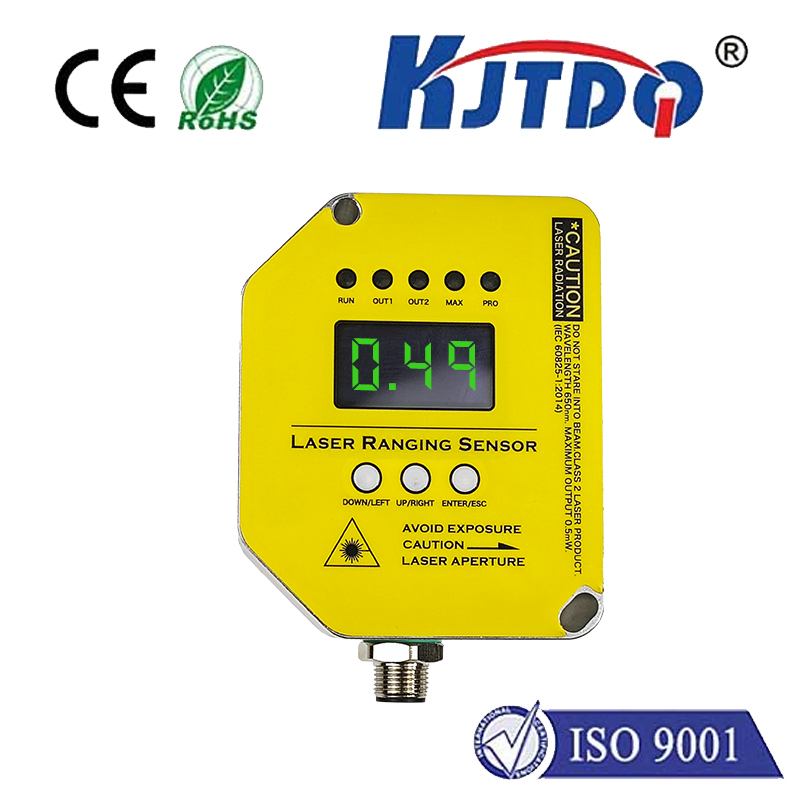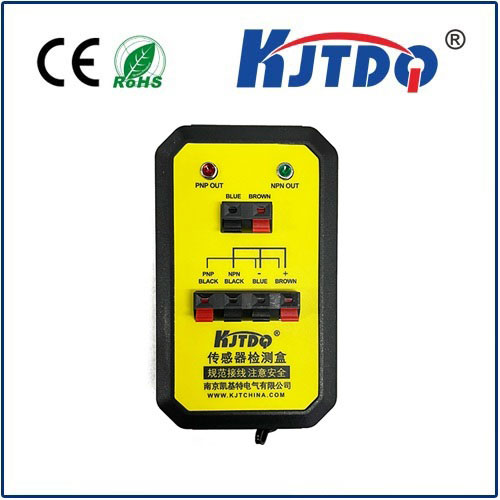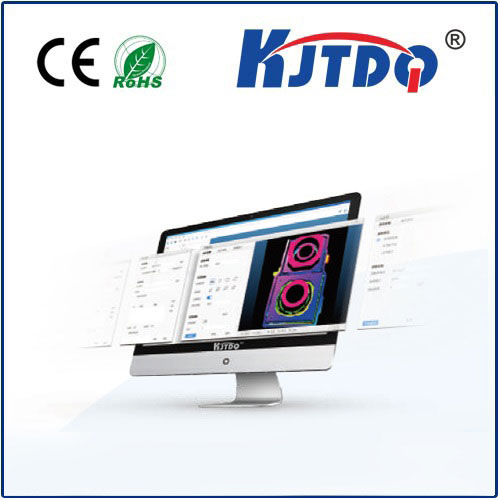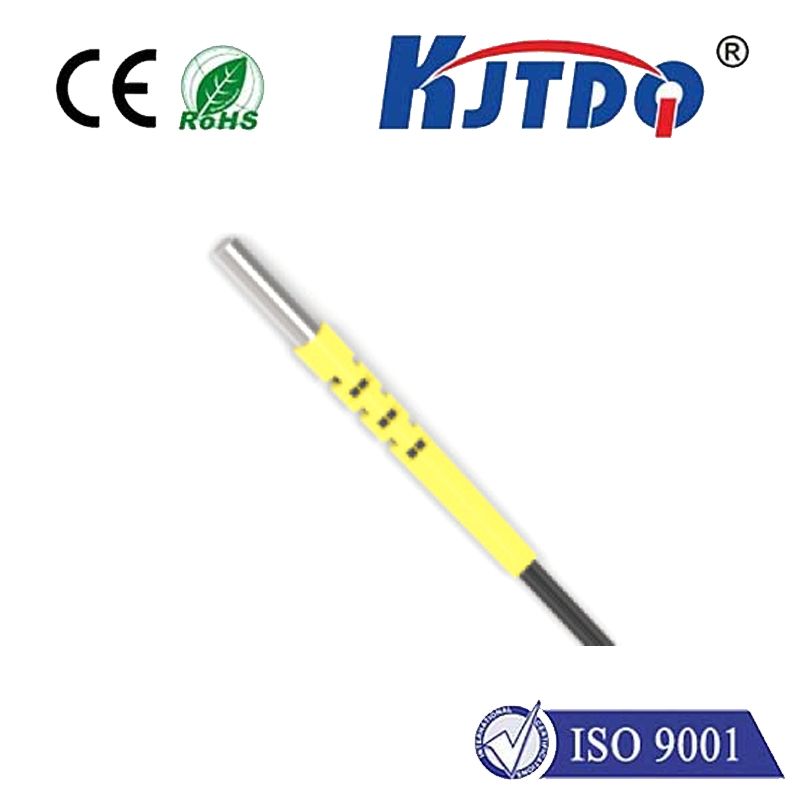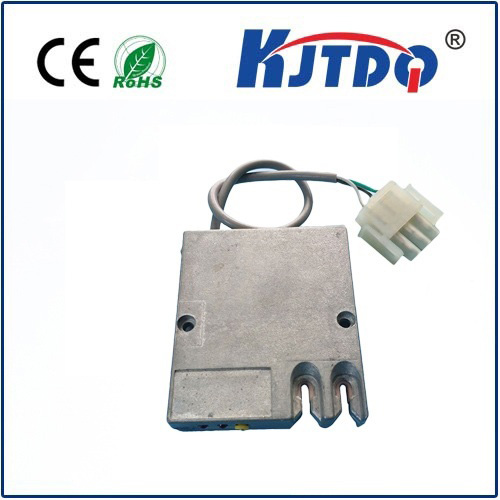
check

check

check

check
Title: Spring Charge Limit Switch - A Crucial Component in Electrical Systems
In the realm of electrical systems, components play a vital role in ensuring efficient functioning and safety. One such component is the spring charge limit switch, which serves as a critical safeguard against potential hazards. This article aims to provide an in-depth understanding of what spring charge limit switches are, their functions, and how they contribute to the overall safety of electrical systems.
Spring Charge Limit Switches: An Overview
Spring charge limit switches are mechanical devices that use springs to open or close contactors when an electric current reaches a certain level. They are commonly used in industrial applications where high voltages and currents pose significant risks. These switches are designed to detect when the charge on a coil or armature has reached a set level, indicating that it is time to turn off the power source or interrupt the flow of electricity.
Functions of Spring Charge Limit Switches
The primary function of spring charge limit switches is to protect electrical systems from overload and over-current conditions. By monitoring the current flowing through the circuit, these switches enable operators to quickly shut down power sources before any damage occurs. Additionally, they act as a failsafe mechanism, ensuring that the system can safely resume operation once the fault has been resolved.
Some common functions of spring charge limit switches include:
1. Detecting high current levels: When the current flowing through the coil or armature reaches a certain threshold, the switch opens, interrupting the flow of electricity.
2. Switching off power sources: Once triggered, the spring charge limit switch turns off the power source, preventing further damage or injury due to excessive current.
3. Failsafe mechanism: In case of a malfunction or unexpected event, the switch acts as a failsafe mechanism, shutting off the power source automatically to minimize risks.
4. Continuous monitoring: Some spring charge limit switches feature continuous monitoring capabilities, allowing operators to track changes in current levels and take corrective action if necessary.
Contribution to Electrical System Safety
The importance of spring charge limit switches in promoting electrical system safety cannot be overstated. These devices help prevent electrical fires, electrocution, and other hazardous situations caused by overload or over-current conditions. By detecting and triggering appropriate responses, they ensure that electrical systems operate within safe limits, minimizing the risk of harm to personnel and equipment.
Moreover, spring charge limit switches serve as an essential component in many control systems, enabling operators to effectively manage the flow of electricity in various industrial processes. They provide valuable feedback on system performance and allow for timely adjustments to optimize efficiency and safety.
Conclusion
In conclusion, spring charge limit switches play a critical role in protecting electrical systems from potential hazards by monitoring and controlling current levels. Their functions as failsafe mechanisms and continuous monitoring capabilities contribute significantly to promoting safety and optimizing system performance. As such, these devices should be carefully selected and installed according to industry standards to ensure optimal protection for both personnel and equipment.

